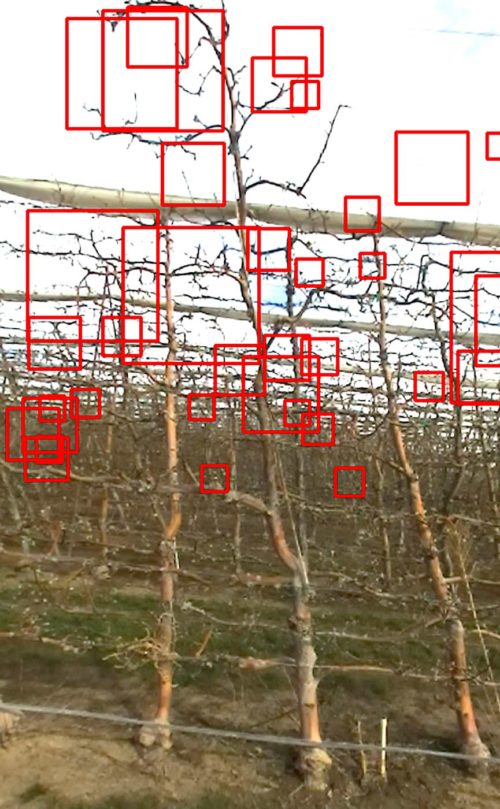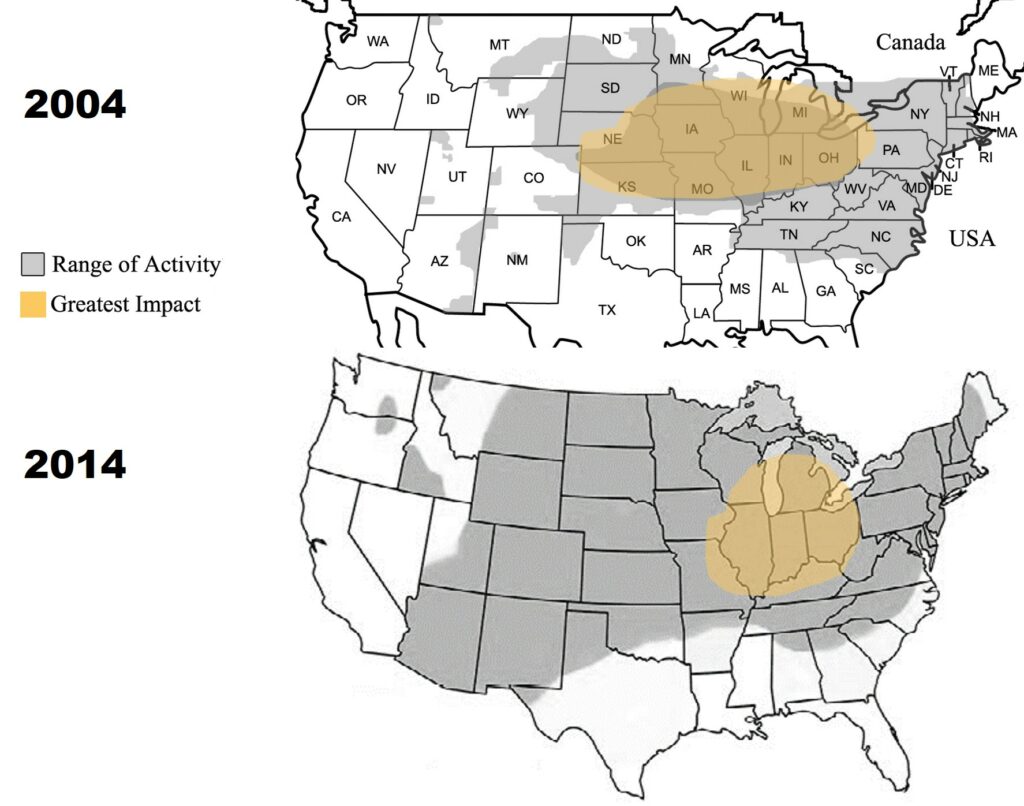When people talk about beetle pests in corn, they’re usually referring to damage that occurs below the soil level. For many species, including western corn rootworm, wireworms, and white grubs, the common name refers to the immature stage that attacks corn roots underground.
So, when i saw this beetle-looking-larvae feeding ON developing kernels this week, I was intrigued and confused. And “well, maybe I was a little bit… ‘concerned'” [obscure movie quote, congrats if you know it ;)]

Coleoptera: Nitidulidae are small, oval to elongate beetles with clubbed antennae and shortened elytra (wing covers). Feeding habits vary, but adults tend to feed on fresh or decaying organic matter. Because of this, they are often called fungus or pollen beetles (e.g. Meligethes aeneus in brassica, canola, and clover production). Aethina tumida, the small hive beetle, is another example.
The specimen I found near Scio is probably Carpophilus lugubris, a N. American native and known pest of sweet corn.
- Can be a problem in both processed and market corn, because larvae feed within the ear and damage is not always visible until after husking.
- Beetles are most attracted to ears damaged by rodents, birds, deer, etc. or when harvest operations leave lower ears – can become a reservoir.
- May have correlation with volatiles expressed by the plant after attack by corn earworm
- Common in stored grains and nuts; feces can contaminate dried fruits
- Larvae develop for ~ 3 weeks then pupate in the soil, adults can live up to 300 days, 1 generation/year
- NOTE: Dusky sap beetles can also cause damage in TOMATOES, STRAWBERRIES, and other soft fruits – just don’t have time to elaborate on that today!
- UPDATE: sap beetle found in large numbers contributing to onion rot – OCT 2020. Access the scouting report.













